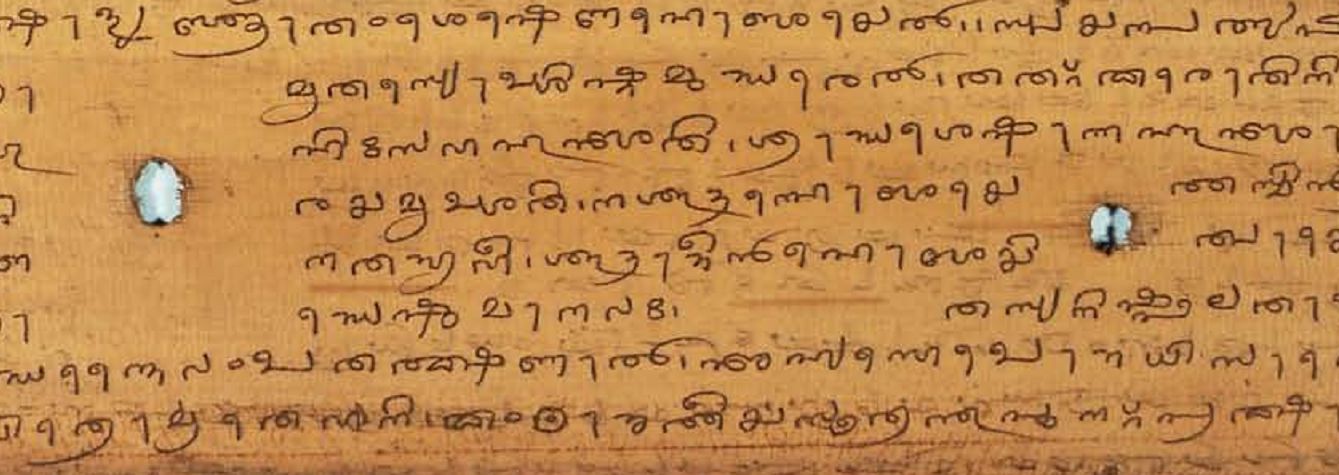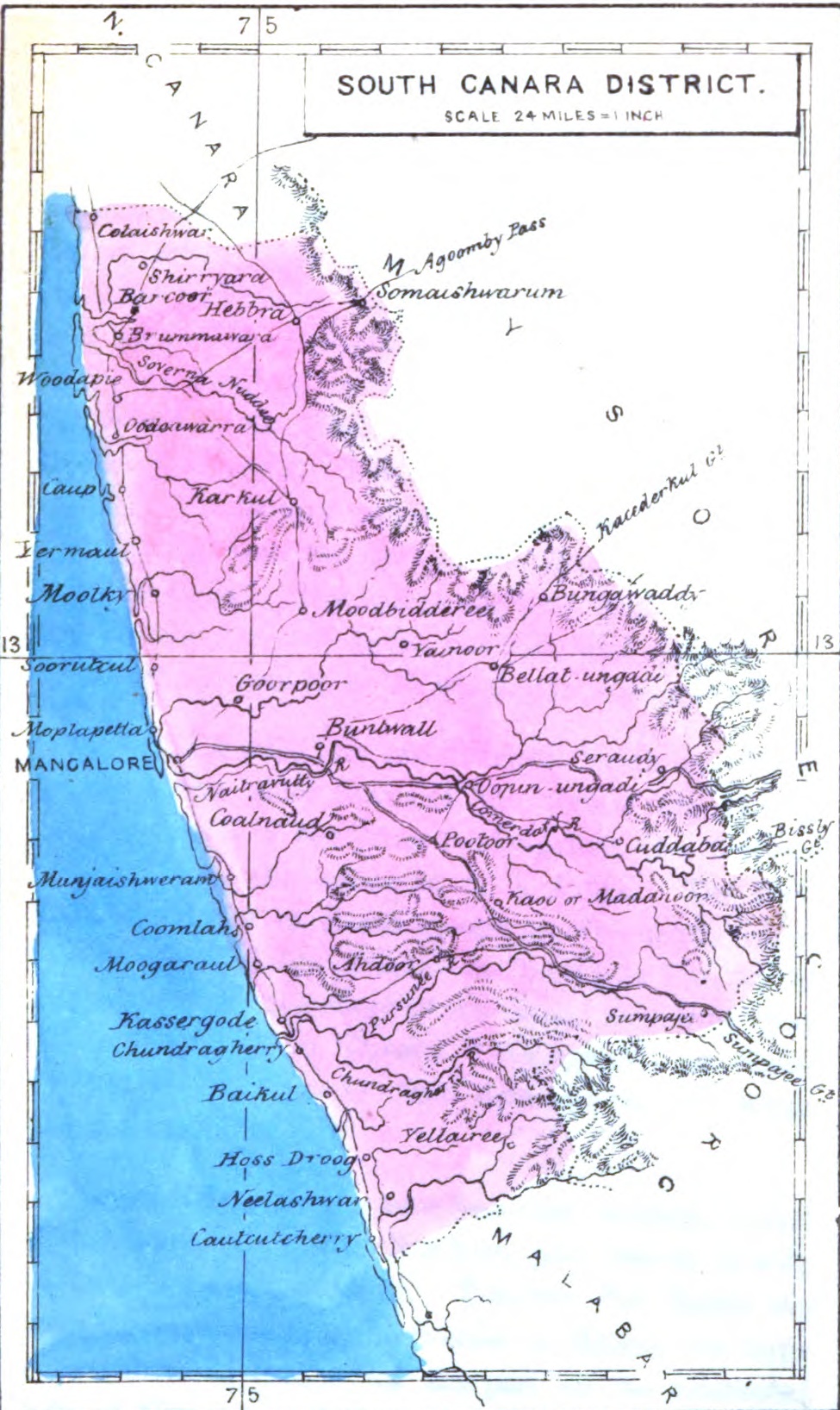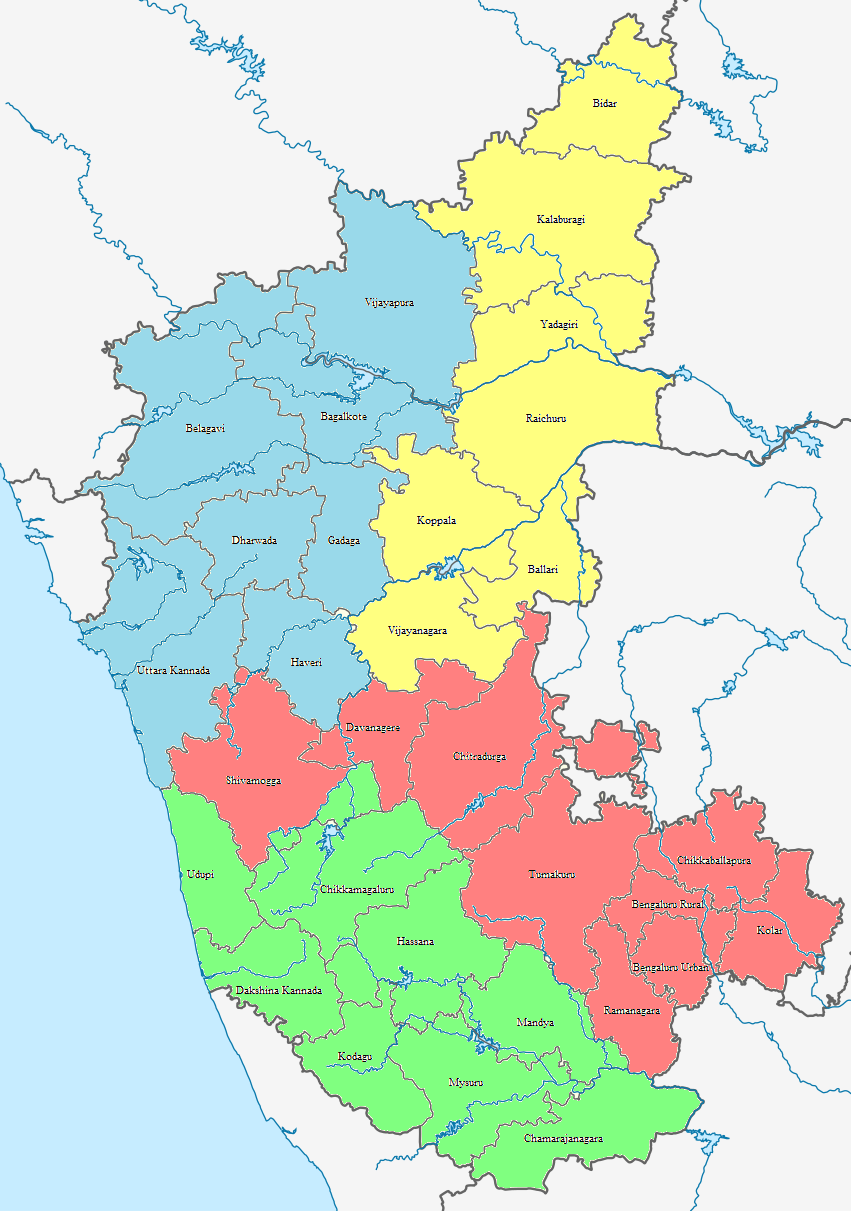|
Tigalari Script
Tigalari (''Tigaḷāri lipi'', ''tulu lipi''),The script is also referred to as Arya Ezhuttu, Grantha Malayalam, Tulu Grantha, Tulu-Malayalam and Western Grantha. also known as Tulu script, is a Southern Brahmic script which was used to write Tulu, Kannada, and Sanskrit languages. It was primarily used for writing Vedic texts in Sanskrit. It evolved from the Grantha script. It is called as Tigalari lipi in Kannada-speaking regions ( Malnad region) and Tulu speakers call it as ''Tulu lipi''. It bears high similarity and relationship to its sister script Malayalam, which also evolved from the Grantha script. The oldest record of the usage of this script found in a stone inscription at the Sri Veeranarayana temple in Kulashekara here is in complete Tigalari/Tulu script and Tulu language and belongs to the 1159 A.D. The various inscriptions of Tulu from the 15th century are in the Tigalari script. Two Tulu epics named ''Sri Bhagavato'' and ''Kaveri'' from the 17th century were ... [...More Info...] [...Related Items...] OR: [Wikipedia] [Google] [Baidu] |
Tulu Language
Tulu () in Kannada script, ml, തുളു ഭാഷെ in Malayalam script. ''bhāṣe'', , ''bhāśe'', and ''bāśe'' are alternative spellings for the Tulu word ''bāse'' in the Kannada script. The correct spelling for the word "language" in Kannada Kannada (; ಕನ್ನಡ, ), originally romanised Canarese, is a Dravidian language spoken predominantly by the people of Karnataka in southwestern India, with minorities in all neighbouring states. It has around 47 million native s ... is kn, ಭಾಷೆ ''bhāṣe'', but that is not necessarily true in Tulu. Männer's ''Tulu-English and English-Tulu Dictionary'' (1886) says, " bāšè, bāsè, ''see'' ." (vol. 1, p. 478), " bhāšè, bhāshè, ''s''. Speech, language." (vol. 1, p. 508), meaning that the four spellings are more or less acceptable. The word is actually pronounced ''bāse'' in Tulu. Note that š and sh in his dictionary correspond to ''ś'' and ''ṣ'', respe ... [...More Info...] [...Related Items...] OR: [Wikipedia] [Google] [Baidu] |
Havyaka Brahmin
Havyaka Brahmins are the Hindu Pancha Dravida Vedic Brahmins from the Indian state of Karnataka. Havyakas profess the Advaita philosophy propounded by Adi Shankaracharya. Most Havyakas can trace their immediate ancestry to either Sirsi, Uttara Kannada, Shivamogga, Udupi, Dakshina Kannada or Kodagu districts of Karnataka and Kasaragod district of Kerala. Etymology The word Havyaka according to a linguistically correct derivation by Shri Sediyapu Krishna Bhat comes from Ahichchatra Bhrahmana: the community coming from Ahichchtra to Talagunda/Banavasi brought by Kadamba king Mayura Verma. According to Sediyapu, the word "Havyaka" is a Sanskritization of Ahika-Havika. This is supported by inscriptions. Sanskrit scholar Mahamahopadhyaya Nadahalli Ranganatha Sharma rejects Havya+Kavya derivation as grammatically incorrect. The word Havyaka was not used in official records until 1928 including in mutts and there is no basis for it in inscriptions. The name "Haiga", "Havika", "Hav ... [...More Info...] [...Related Items...] OR: [Wikipedia] [Google] [Baidu] |
Shimoga District
Shimoga district, officially known as Shivamogga district, is a district in the Karnataka state of India. A major part of Shimoga district lies in the Malnad region or the Sahyadri. Shimoga city is its administrative centre. Jog Falls view point is a major tourist attraction. As of 2011 Shimoga district has a population of 17,52,753. There are seven taluks: Soraba, Sagara, Hosanagar, Shimoga, Shikaripura, Thirthahalli, and Bhadravathi. Channagiri and Honnali were part of Shimoga district until 1997 when they became part of the newly formed Davanagere district. Origin of name ''Shivamogga'' was previously known as Mandli. There are legends about how the name ''Shivamogga'' has evolved. According to one, the name ''Shivamogga'' is related to the Hindu God Shiva. ''Shiva-Mukha'' (Face of Shiva), ''Shivana-Moogu'' (Nose of Shiva) or ''Shivana-Mogge'' (Flowers to be offered to Shiva) can be the origins of the name "Shivamogga". Another legend indicates that the name ''Shimoga'' ... [...More Info...] [...Related Items...] OR: [Wikipedia] [Google] [Baidu] |
South Canara
South Canara was a district of the Madras Presidency of British India, located at . It comprised the towns of Kassergode and Udipi and adjacent villages, with the capital in Mangalore city. South Canara was one of the most heterogeneous areas of Madras Presidency, with Tulu, Malayalam, Kannada, Konkani, Marathi, Urdu, and Beary languages being spoken side by side. It was succeeded by the Tulu-speaking areas of Dakshina Kannada district, the Malayalam-speaking area of Kasaragod district and the Amindivi islands sub-division of the Laccadives, in the year 1956. Geography Mangalore was the administrative headquarters of the district. The district covered an area of . South Canara District was bordered by North Canara to north, the princely state of Mysore to east, Coorg state to southeast, Malabar District to south, and Arabian Sea to west. South Canara was one of the two districts on the western coast (Malabar coast) of Madras Presidency along with Malabar District (otherwi ... [...More Info...] [...Related Items...] OR: [Wikipedia] [Google] [Baidu] |
Udupi
Udupi (alternate spelling Udipi; also known as Odipu) is a city in the Indian state of Karnataka. Udupi is situated about north of the educational, commercial and industrial hub of Mangalore and about west of state capital Bangalore by road. It is the administrative headquarters of Udupi district, and one of the fastest-growing cities in Karnataka. Udupi is one of the top tourist attractions in Karnataka and has various educational institutions. It is notable for the Krishna Temple and is also known as the temple city. It also lends its name to the popular Udupi cuisine, is also known as Parashurama Kshetra , and is famous for Kanakana kindi. A centre of pilgrimage, Udupi is known as Rajata Peetha and Shivalli (Shivabelle). Etymology The name ''Udupi'' is the stylized form of the city. History In the 13th century, Vaishnavite saint Madhvacharya founded the Sri Krishna Temple. He set up eight ''mathas'' - Ashta Mathas- In Kannada - ಅಷ್ಟ ಮಠಗಳು in Udupi t ... [...More Info...] [...Related Items...] OR: [Wikipedia] [Google] [Baidu] |
North Canara
Uttara Kannada is a district in the Indian state of Karnataka. Uttara Kannada District is a major coastal district of Karnataka, and currently holding the title of the largest district in Karnataka. It is bordered by the state of Goa and Belagavi districts to the north, Dharwad District and Haveri District to the east, Shivamogga District, and Udupi District to the south, and the Arabian Sea to the west. Karwar is the district and headquarters, Kumta & Sirsi are the one of major commercial centers in the district. The district's agroclimatic divisions include the coastal plain (consisting of Karwar, Ankola, Kumta, Honnavar and Bhatkal taluks) and Malenadu (consisting of Sirsi, Siddapur, Yellapur, Haliyal, Joida, and Mundgod taluks). History The first known dynasty from Uttar Kannada District are Chutus of Banavasi. Uttara Kannada was the home of the Kadamba kingdom from the 350 to 525. They ruled from Banavasi. After the subjugation of the Kadambas by the Chalukya ... [...More Info...] [...Related Items...] OR: [Wikipedia] [Google] [Baidu] |
Kanara
Kanara, also known as Karavali is the historically significant stretch of land situated by the southwestern coast of India, alongside the Arabian Sea in the present-day Indian state of Karnataka. The region comprises three civil districts, namely: Uttara Kannada, Udupi, and Dakshina Kannada. Etymology According to historian Severino da Silva, the ancient name for this region is ''Parashurama Srushti'' (creation of Parashurama). According to him and Stephen Fuchs, the name ''Canara'' is the invention of Portuguese, Dutch, and English people who visited the area for trade from the early sixteenth century onwards. The Bednore Dynasty, under whose rule this tract was at that time, was known to them as the Kannada Dynasty, i.e., the dynasty speaking the Kannada language. "Karāvalli", the Kannada word for 'coast', is the term used by Kannada-speakers to refer to this region. The letter 'd' being always pronounced like 'r' by the Europeans, the district was named by them as ... [...More Info...] [...Related Items...] OR: [Wikipedia] [Google] [Baidu] |
Dharmasthala
Dharmasthala (earlier known as Kuduma) is an Indian temple town on the banks of the Nethravathi River in the Belthangady taluk of the Dakshina Kannada district in Karnataka, India. The town is known for its centuries old Dharmasthala Temple devoted to the Hindu god Manjunatha. There are other temples and shrines that are dedicated to Ammanavaru, Chandranath and the Dharma Daivas (guardian spirits of Dharma) — Kalarahu, Kalarkayi, Kumaraswamy and Kanyakumari. The temple is unusual in that it is a Hindu temple run by a Jain administration and poojas are conducted by Hindu priests who subscribe to the Vaishnava ideologies. Most Shiva temple are run by Shaivas as opposed to the Madhava Bhramins who are devotees of Vishnu and his avatars. On average the temple attracts around 10,000 pilgrims a day. Legend Local legend says that the Shiva Linga was brought to Dharmasthala by Annappa who is believed to have worked for the Dharmasthala Heggade family. Annappa is thought ... [...More Info...] [...Related Items...] OR: [Wikipedia] [Google] [Baidu] |
Udupi District
Udupi district (also Udipi or Odipu in Tulu language) is an administrative subdivision in the Karnataka state of India, with the district headquarters in the city of Udupi. It is situated in the Canara coastal region, there are seven taluks, 233 villages and 21 towns in Udupi district. The three northern tehsils of Udupi, Kundapur and Karkala, were partitioned from Dakshina Kannada district (South Canara) to form Udupi district on 25 August 1997. Moodabidri was officially declared as new tehsil (taluk), separated from Karkala with effect from 11 January 2018. In February 2018, the district was split to into 3 more taluks, with Byndoor being carved out of Kundapur taluk and the Udupi taluk being split into three parts. Along with the initial Udupi taluk, Kapu, Karnataka, Kapu, Brahmavar and Hebri were created. Dinakar Babu and Sheela K Shetty of the Bharatiya Janata Party, Bharatiya Janata Party (BJP) are the current president (Sarpanch) and vice-president of the Udupi Zilla ... [...More Info...] [...Related Items...] OR: [Wikipedia] [Google] [Baidu] |
Dakshina Kannada
Dakshina Kannada district is a district of Karnataka state in India, with its headquarters in the coastal city of Mangalore. It is part of the larger Tulu Nadu region. The district covers an area nestled in between the Western Ghats to its east and the Arabian Sea to its west. Dakshina Kannada receives abundant rainfall during the Indian monsoon. It is bordered by Udupi district (formerly a part of this district) to the north, Chikmagalur district to the northeast, Hassan district to the east, Kodagu to the southeast and Kasaragod district of Kerala to the south. According to the 2011 census of India, Dakshina Kannada district had a population of 2,083,625. It is the only district in Karnataka state to have all modes of transport like road, rail, water and air due to the presence of a major hub, Mangalore. This financial district is also known as the Cradle of Indian banking. Geography Image:Sullia. Karnataka (3).jpg, Hilly region - Sullia Town Image:Tannirubhavi beach 02.JPG, ... [...More Info...] [...Related Items...] OR: [Wikipedia] [Google] [Baidu] |
Government Of Karnataka
The Government of Karnataka, abbreviated as, GoK, or simply Karnataka Government, is a democratically-elected state body with the governor as the ceremonial head to govern the Southwest Indian state of Karnataka. The governor who is appointed for five years appoints the chief minister and on the advice of the chief minister appoints his council of ministers. Even though the governor remains the ceremonial head of the state, the day-to-day running of the government is taken care of by the chief minister and his council of ministers in whom a great amount of legislative powers are vested. Administrative divisions Karnataka State has been divided into 4 revenue divisions, 49 sub-divisions, 31 districts, 237 taluks, 747 hoblies/ revenue circles and 6,022 gram panchayats for administrative purposes. The state has 281 towns and 7 municipal corporations. Bangalore is the largest urban agglomeration. It is among the fastest growing cities in the world. Political and administrative ... [...More Info...] [...Related Items...] OR: [Wikipedia] [Google] [Baidu] |
Karnataka Tulu Sahitya Academy
Karnataka Tulu Sahitya Academy is an organisation under Government of Karnataka for promotion of literature in Tulu language. Established in 1994 by Government of Karnataka, it is an autonomous organisation functioning from its own building - Tulu Bhawana in Mangalore, Karnataka Karnataka (; ISO: , , also known as Karunāḍu) is a state in the southwestern region of India. It was formed on 1 November 1956, with the passage of the States Reorganisation Act. Originally known as Mysore State , it was renamed ''Karnat .... The Karnataka Tulu Sahitya Academy organises workshops, seminars, cultural events and gatherings for Tulu public. It also provides research grants for research in Tulu language and culture; publishes books; and presents the annual awards in the fields of Tulu literature, Tulu folk arts, yakshagana, research and novel writing. The Academy has a library which houses a good collection of books and magazines in Tulu and Kannada. It also publishes a monthly m ... [...More Info...] [...Related Items...] OR: [Wikipedia] [Google] [Baidu] |





.jpg)


